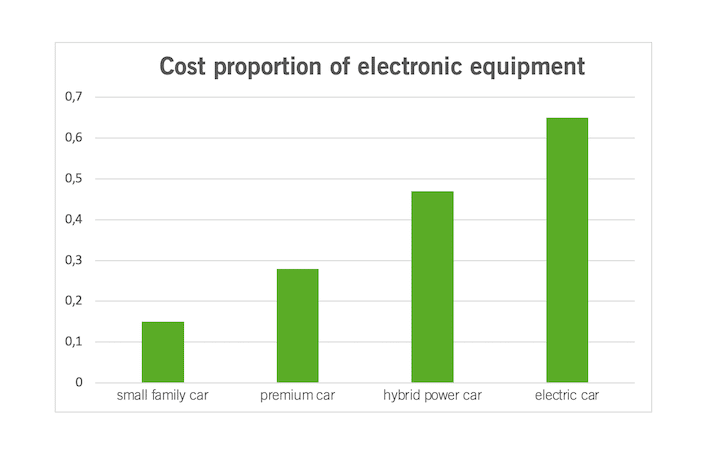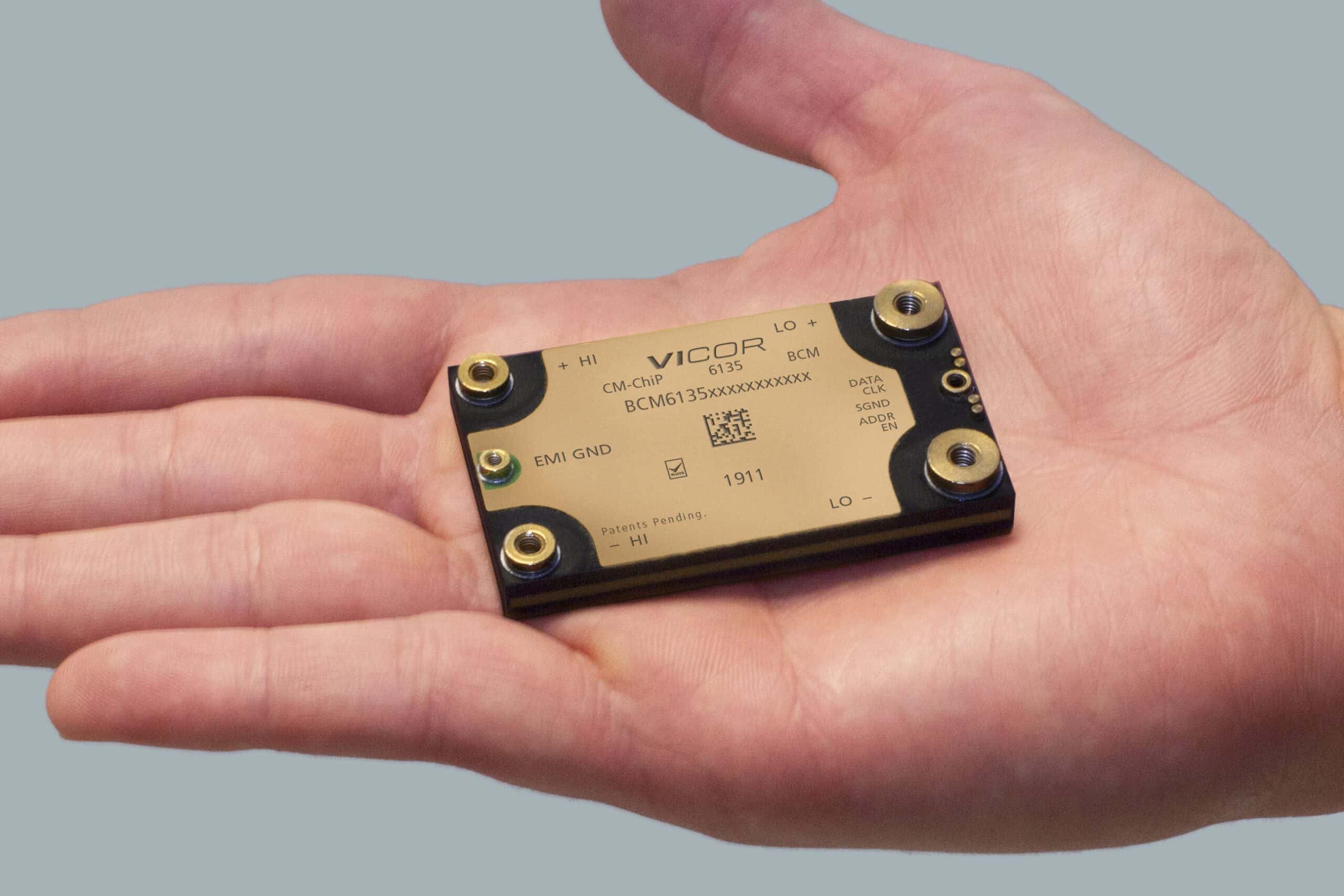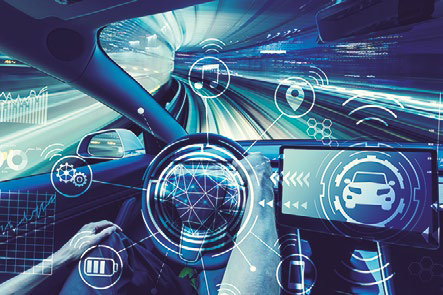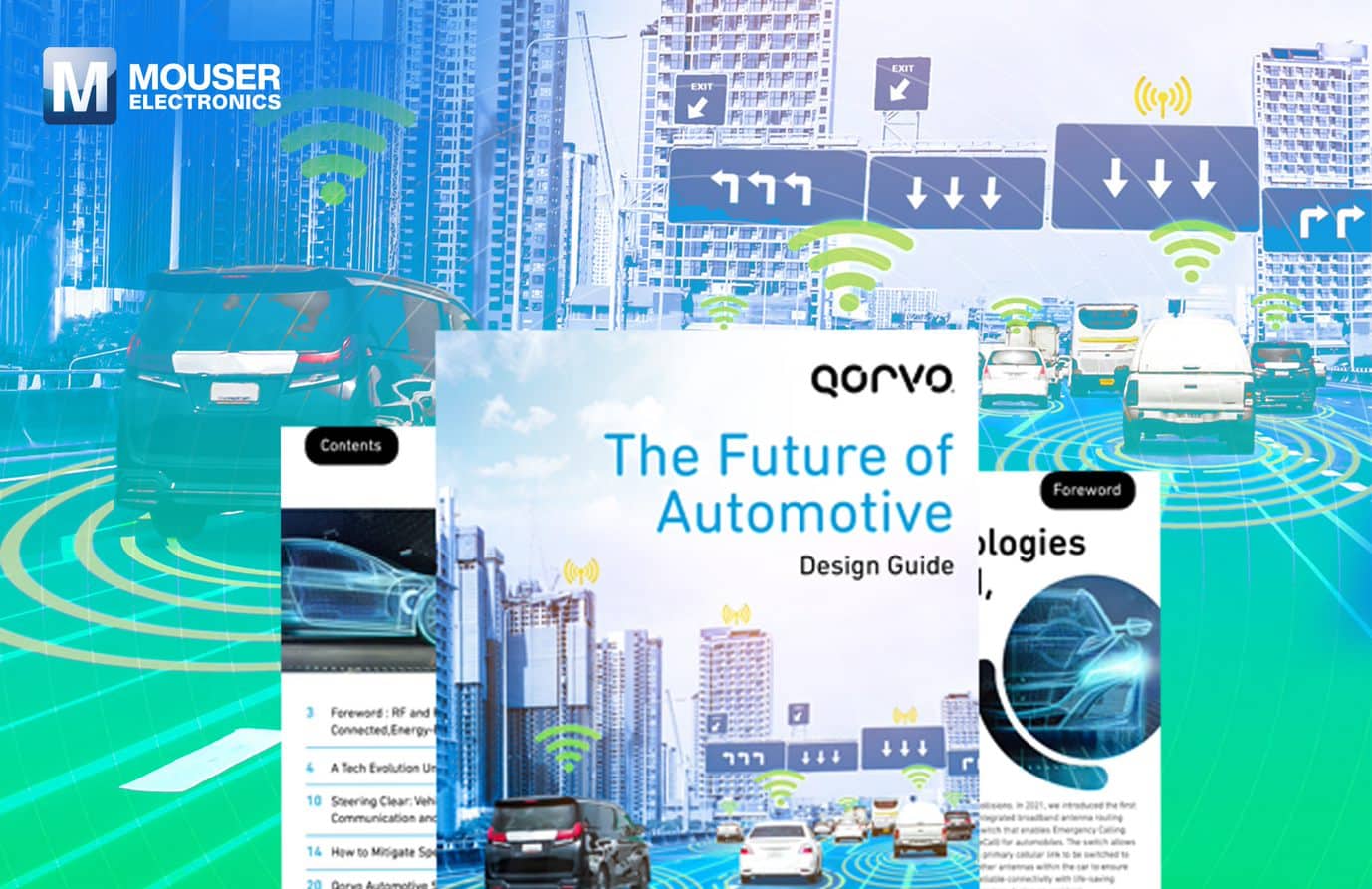The automotive industry is undergoing a revolutionary change. But this progress is not without its challenges: from reducing emissions, developing autonomous electric cars and trucks to vehicle charging infrastructure. The electronic part of a vehicle powered by alternative forms of energy is more active and advanced, so the demands on PCBs will increase in various aspects.
Compared with traditional fuel vehicles, new alternative energy vehicles have a higher degree of electrification, which means that there are more functions that need to be performed through electronic equipment. The reliability of electronic equipment has become the main focus of attention for the improvement of vehicle reliability and driving safety.
Need for highly reliable printed circuit boards
How does the increase in electronic components affect printed circuit boards (PCBs)? What is the most important thing to consider in the PCB production process and as a buyer of PCBs for the automotive sector?

Barry Fang, Field Application Engineer Manager of NCAB Group China, will talk about PCBs for the new generation of the automotive industry.
Q: Regarding the degree of electronics, what are the differences between traditional fuel vehicles and those powered by alternative forms of energy?
R: Traditional fuel vehicles are made up of an engine, gearbox and frame, while vehicles with alternative forms of energy have already reached the age of electrification. From a data point of view, in traditional luxury cars, the cost of car electronics is around 25%, while in those powered by new forms of energy the cost is around 45-60%.
The increase in demand for PCBs for vehicles with new forms of energy comes mainly from on-board chargers, battery management systems, voltage conversion systems (DC-DC converters, inverters, etc.) and other high and low voltage devices. strain. According to estimates, the total area of PCBs used in the internal combustion engine and transmission system of traditional fuel vehicles is about 0,04 m2, while the total PCB area required for a fuel vehicle with a moderate degree of electronics is about 0,43 m2. However, only the total PCB area for powertrain related equipment reaches 0,8m2.

Q:What do we focus on for automotive PCB orders?
R: “Our goal remains driving safety. The reliability and safety requirements of automobiles are very high, and the requirements for reliability of printed circuit boards and adaptability to the environment are very strict. Your suppliers must pass the IATF/16949 certification.
Depending on the different modules, our approach also varies. For example, the power system is used as the power source for the entire vehicle. The PCB it contains must carry high voltage and current. At the same time, it must be noted that any failure of the PCB will cause the vehicle to stop operating normally. Therefore, for the PCB of this system, our goal is to guarantee its high reliability during the manufacturing process.
In advanced driver assistance systems (ADAS), especially the camera or radar module, the signals carried by the printed circuit board are often of high frequency and speed, and the quality of the signal directly affects the vehicle's judgment about the environment in real time. Therefore, in this area, we focus on the integrity or quality of the signal. At the same time, attention should also be paid to the fact that the PCBs of ADAS systems are relatively complex and more advanced solutions will be used, such as flexible boards, rigid flexible boards, HDI boards and hybrid boards (they use several different materials), which which means that the provider will have to have a greater capacity.
“Keep in mind that any PCB failure will cause the vehicle to stop operating normally. Therefore, for the PCB of this system, our goal is to guarantee its high reliability during the manufacturing process.”
Barry Fang, Field Application Engineer Manager, NCAB Group China
Q: What are the main aspects to take into account in manufacturing?
R: Take the power system as an example, where the PCB must carry high voltage and current and requires high reliability. From the perspective of the printed circuit board production process, the main aspects are as follows:
1. In the initial phase of PCB design, it is essential to fully understand the design of the customer's product and allow sufficient allowance according to the customer's needs (power rating, voltage rating, current-carrying capacity, etc.) .
- For high voltage requirements, attention should be paid to high and low voltage insulation, air gap, creepage distance, etc. to meet safety requirements during design.
- For high current requirements, please use thick copper design, and it is necessary to pay attention to current voltage drop, current transport path, feedback, power supply filtering and trouble decoupling.
- PCBs, which are the key components of automotive electronics, must meet the requirements of class 3 of the IPC standard, and the selection of components must be in accordance with the vehicle regulations.
2. During the manufacturing process, the parameters that affect the current or voltage transport resistance must be disassembled in order to perfect it up to the specific process link for control and overcome the manufacturing difficulty derived from the thickness of the copper. This translates into the quality of the holes, the thickness of the copper bath, the accuracy of the width and spacing of the conductor lines, and the coating of the solder mask.
Main aspects to take into account with thick copper products:
- Drill: Overcome the challenges posed by the thickness of copper and ensure the quality of the hole. Thick copper products have some problems during the drilling process, such as easy cracking of the inner layer, excessive roughness of the hole wall or nail head. This makes it necessary to adopt special graphic design and optimize drilling parameters (rotation speed/feed/retract/bit life) for such problems, evaluate suitable bits for thick copper plates, and select the combination of most appropriate parameters using the Design of Experiment (DOE) test to ensure the quality of the drills.
- Lamination: Make sure that the resin is completely filled and adheres firmly between the lines during the laminating process to ensure its reliability. The thicker the copper, the more difficult it is to laminate, and high-end products require attention to alignment between layers.
- copper plated: It is essential to ensure the thickness of the drilled copper and the uniformity of the copper surface.
- Recorded: The thicker the copper, the more difficult it will be to record the track. The width of the line and the accuracy of the conductor spacing must be controlled to ensure that it meets current carrying and voltage withstand requirements.
- Solder mask: When the thickness of the copper is high, various special processes may be necessary to achieve the full thickness. For example, multiple printing is necessary to separate the copper surface and the substrate surface to ensure the quality of the solder mask and prevent copper leakage or pin yellowing (due to thin solder mask).
- Special design: Semi-metallic drill, metal edge design, etc.
Q: How do you see the future development of vehicles powered by alternative forms of energy?
R: Smart roads + smart cars are the direction intelligent transportation and autonomous driving will take. Vehicles with alternative forms of energy are also evolving towards electrification, intelligence, networking and signal transmission.
To begin with, the technology is more mature. Although it is often said that the cruising autonomy of vehicles powered by alternative energy has reached between 400 and 500 kilometers, the actual cruising capacity varies. So here there is still a lot of room for improvement in optimizing engine efficiency on the road with conditions of varying complexity. Second, the driving system is easier to use, and the driving experience will become a key point for car companies to differentiate themselves and attract users. Plus, the ride is smarter. The development of the 5G+C-V2X Internet of Vehicles gradually helps to understand the real-time information exchange between vehicles and all the factors that may affect the vehicle, reduce accidents and optimize the traffic environment to achieve driving autonomous.
The development of technology will inevitably be accompanied by iteration or new requirements for electronic equipment, which will inevitably lead to new requirements for PCBs. In parallel, the most advanced PCB solutions such as HDIs, flexible boards and semi-flexible boards will be increasingly used.
Whether it is for the reliability of the PCB or the long-term consideration of the brand, it is especially important to choose an experienced, professional and reliable supplier.
Q: What added value can NCAB bring to automotive electronics customers?
R: Vehicles are not only a travel tool, but also closely related to the personal safety of drivers and passengers. Vehicle manufacturers need to know and control the origin of the printed circuit boards used in their products, as it affects the basic structure of the product and the impact on their brand reputation.
As a trusted supplier, NCAB can provide technical support and professional services throughout the entire process, from design to manufacturing, helping to create high-quality, reliable PCBs. At the initial design stage, we have an experienced PCB design team who can put up valuable suggestions at the engineering level during the design stage, according to the specific product requirements of different customers, carry out optimization of the design and help customers get it right from the start.
“More advanced PCB solutions such as HDIs, flex boards and semi-flex boards will be used more and more.”
Barry Fang, Field Application Engineer Manager, NCAB Group China
At the same time, incorporating Design for Excellence (DfX) services into the design process ensures design files can be seamlessly delivered to the factory. In the post-manufacturing phase, we will select the most reliable and stable factory on the premise of meeting customer demands, and we will only use this factory for the aspects where it excels. Our factory management team will also carry out quality control , to ensure that products perform as expected.
Source:https://www.ncabgroup.com/es/blog/vehiculos-tradicionales/







